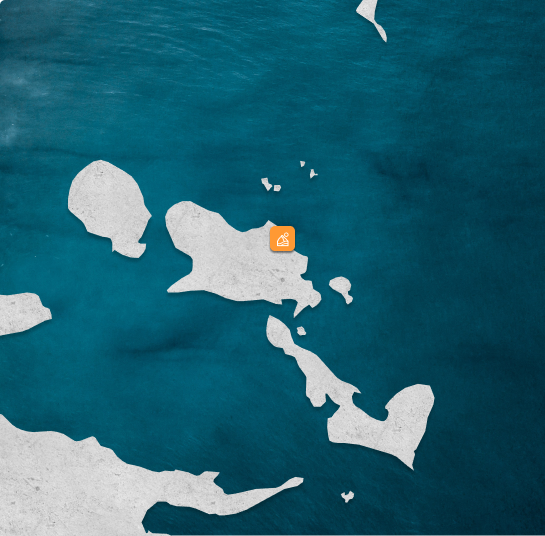China and Indonesia are set to reduce nickel output by at least 100,000 metric tons this year as producers seek to limit losses following a slump in the price of the metal used in stainless steel manufacture and for EVs, traders and analysts said.
They added further cuts would be needed if producers wanted to boost prices and remove the surplus from the market, rather than just halt losses.
Nickel prices had surged in 2022, peaking at a record above $100,000 after expectations of reduced supplies from major producer Russia following its invasion of Ukraine prompted the market to cut bets on lower prices.
Now the metal is trading around $16,000 a ton after production rose in Indonesia, which last year accounted for more than half of global mined supplies, estimated at around 3.4 million metric tons. Indonesian supplies were 30% of the total in 2020.
As the extra supply compounded the impact of economic weakness that lowered demand, Western miners, including BHP (BHP.AX), opens new tab, which had made nickel core to its green strategy, and half a dozen other companies mothballed assets, delayed projects or reduced production.
Cuts so far have removed more than 230,000 tons or around 6% of potential supply for this year, according to Macquarie analysts. This was not enough to boost prices.
A source at a global producer, speaking on condition of anonymity because they were not authorised to speak publicly, also said deeper reductions would be needed to prevent financial losses.
Consultancy Benchmark Mineral Intelligence estimated cuts of more than 250,000 tons were needed to balance the global nickel market this year.
Most of the oversupply and high inventories are in nickel pig iron (NPI), a cheaper alternative to high-grade nickel for the production of stainless steel, analysts said. China and Indonesia account for 70% of global supplies of nickel, most of it NPI.
“If we take out the 3% disruption allowance or 100,000 tons, around another 100,000 tons needs to be cut to balance the market,” said Jim Lennon, strategist at Macquarie.
“With the NPI price around $11,000 (a ton), there should be supply adjustments in China and Indonesia,” he added.
Lennon estimated that NPI production costs are $10,000-$11,000 a ton and $12,000 a ton in Indonesia and China respectively, meaning it is very hard to make a profit.
With raw material costs, including nickel ores, electricity and coal, making up to 73% of NPI prices, many NPI mills in China have become unprofitable, according to Bank of America analysts.
Anglo American (AAL.L), opens new tab CEO Duncan Wanblad questioned whether nickel suitable for battery use could command a higher price.
“I do wonder whether there is a potential bifurcation in nickel cost curves or nickel that goes into stainless steel might be very different from nickel that goes into battery applications,” Wanblad told Reuters on the sidelines of the African Mining Indaba last week.
“Therefore, if that’s true, then there has to be two different nickel prices to deal with both of those,” he added.
Anglo mines nickel at its Barro Alto mine in Brazil and as a by-product from its platinum group metals (PGMs) business in South Africa.
Unless prices increase, Western miners will have to manage assets in New Caledonia, Australia and Canada producing at a loss, and possibly cut more production, traders said.




